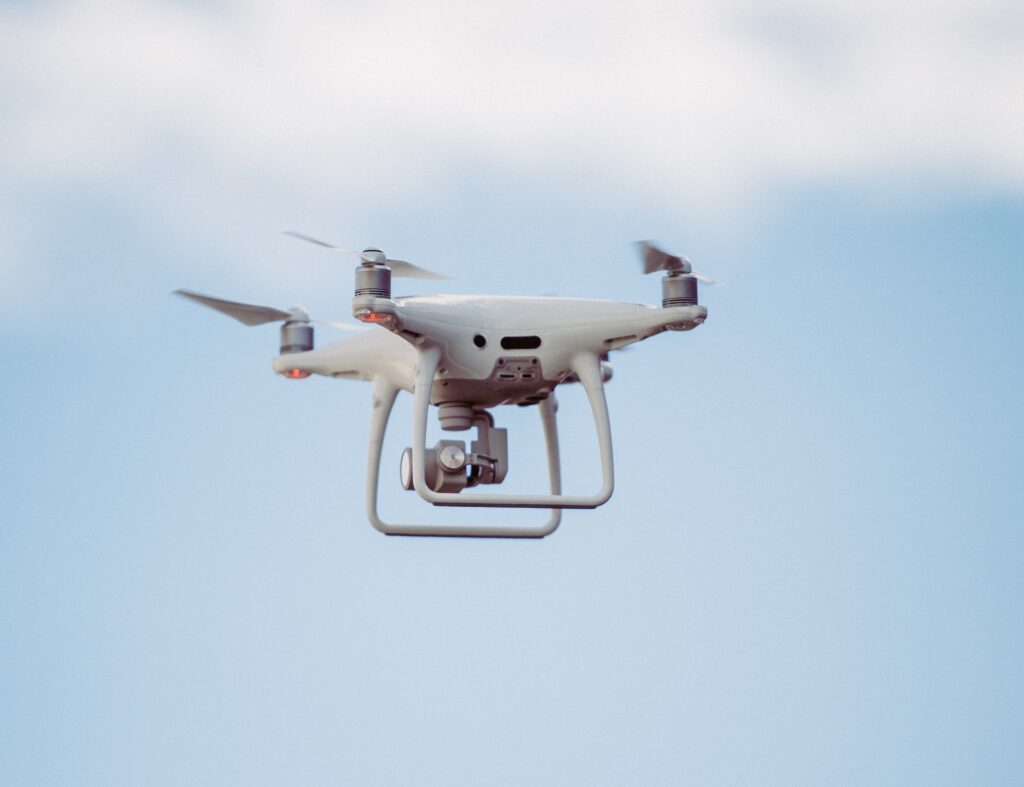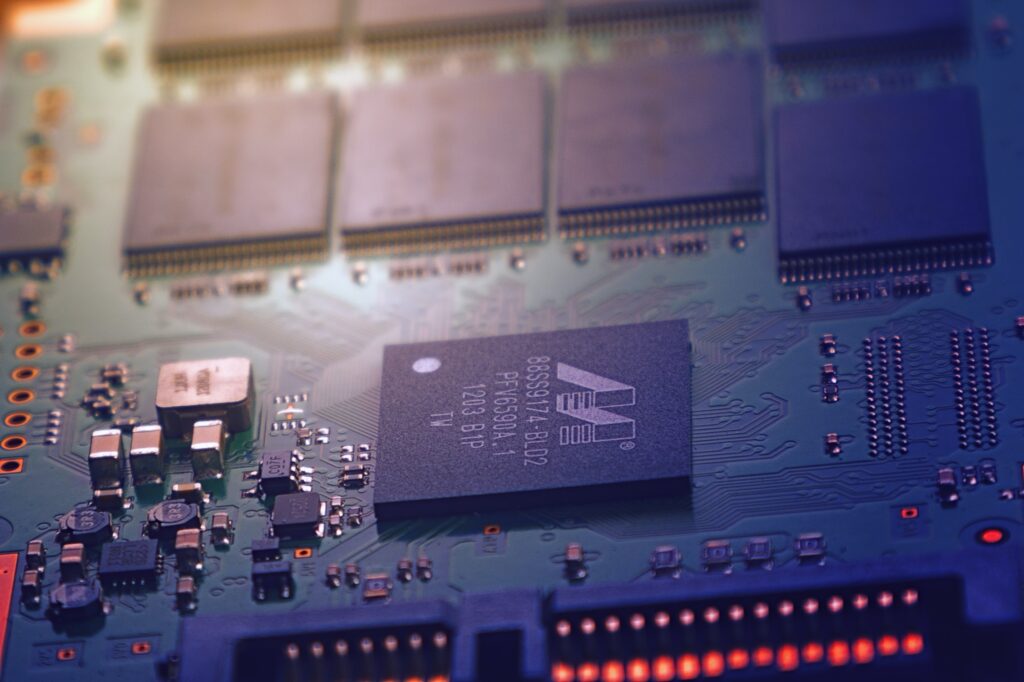In this article, you will learn all about data logging and its importance in various industries. We will explore what data logging is, how it works, and the different types of data that can be logged. Additionally, we will discuss the benefits of data logging and its practical applications. So, get ready to gain a deeper understanding of data logging and its role in capturing valuable information.

What is Data Logging?
Definition of Data Logging
Data logging refers to the process of recording and storing data over time. It involves the collection and analysis of various types of data, such as temperature, pressure, humidity, voltage, and more. By using specialized devices called data loggers, this data is captured and stored for later use.
Purpose of Data Logging
Data logging serves several purposes in various industries. It enables the monitoring, control, and analysis of data to optimize processes, ensure quality assurance, and comply with regulatory standards. This valuable data provides insights that can be used to make informed decisions and improve efficiency.
Benefits of Data Logging
Data logging offers numerous benefits to individuals and organizations. By continuously monitoring and analyzing data, you can enhance decision-making, increase efficiency and productivity, ensure accurate and real-time data, and facilitate troubleshooting and diagnostics.
Definition of Data Logging
Explanation of Data Logging
Data logging is the process of capturing and storing data over time. It involves the use of data loggers, which are electronic devices that are capable of measuring and recording various types of data. These devices are equipped with sensors to detect changes in the environment or equipment being monitored.
Components of Data Logging
Data logging systems comprise several components that work together to capture, store, and retrieve data. These components include sensors, data loggers, power sources, and communication interfaces.
Types of Data Logging
There are different types of data logging systems available, depending on the specific requirements and applications. Standalone data loggers are compact devices that can operate independently, while wireless data loggers offer the convenience of remote monitoring. Web-based data loggers enable access to data via the internet, and cloud-based data loggers store data in the cloud for easy retrieval and analysis.

Explanation of Data Logging
Data Capturing Process
Data is captured through sensors, which detect and measure changes in the environment or equipment being monitored. These sensors are connected to data loggers, which record and store the data for later analysis.
Data Storage Method
Data loggers have internal memory or storage capacity to store the captured data. They can range from a few kilobytes to terabytes, depending on the specific data logging system. The data is typically stored in a structured format that can be easily retrieved and analyzed.
Data Retrieval System
Data can be retrieved from data loggers using various methods, depending on the system’s design. Some data loggers can be connected directly to a computer via USB or Ethernet for data transfer. Others may have wireless capabilities or be connected to a network for remote access and data retrieval.
Components of Data Logging
Sensors
Sensors are an essential component of data logging systems. They detect and measure changes in the environment or equipment being monitored, converting physical or chemical quantities into electrical signals for data capture.
Data Logger
The data logger is the central device in a data logging system. It collects data from sensors, records it, and stores it for later analysis. Data loggers come in various sizes and configurations, with different levels of memory, sampling rates, and data storage capacities.
Power Source
Data loggers require a power source to operate. This can be a battery, power adapter, or solar panel, depending on the system’s design and installation location. The power source ensures continuous operation and data capture.
Communication Interfaces
Data loggers often have communication interfaces, such as USB, Ethernet, or wireless options, to enable data transfer and remote access. These interfaces facilitate connectivity with external devices and networks to retrieve and analyze data.

Types of Data Logging
Standalone Data Loggers
Standalone data loggers are compact devices that can operate independently. They are often battery-powered and have built-in memory for data storage. Standalone data loggers are commonly used in applications where portability and ease of use are essential.
Wireless Data Loggers
Wireless data loggers offer the convenience of remote monitoring. They eliminate the need for wired connections and enable data transmission through wireless technologies such as Wi-Fi, Bluetooth, or cellular networks. Wireless data loggers are particularly useful in applications where real-time data is required or where wired connections are impractical.
Web-Based Data Loggers
Web-based data loggers enable access to data via the internet. They can send data to a remote server, which allows users to access and analyze the data from anywhere with an internet connection. Web-based data loggers offer the advantage of centralized data management and remote access.
Cloud-Based Data Loggers
Cloud-based data loggers store data in the cloud for easy retrieval and analysis. The data is securely stored on remote servers and can be accessed from anywhere with an internet connection. Cloud-based data loggers offer scalability, data redundancy, and collaborative data analysis capabilities.
Purpose of Data Logging
Monitoring and Analysis
Data logging is used for monitoring and analyzing various parameters to gain insights into processes, equipment performance, and environmental conditions. It helps identify trends, anomalies, and patterns that can be used to optimize operations and make data-driven decisions.
Process Control
Data logging plays a crucial role in process control by continuously monitoring critical parameters and ensuring they remain within the desired range. By having real-time data at your fingertips, you can take immediate action to prevent deviations and maintain process stability.
Quality Assurance
Data logging is essential for quality assurance in industries where adherence to specific standards and regulations is required. By monitoring and recording data, you can ensure product quality, track production processes, and identify areas for improvement.
Regulatory Compliance
Data logging helps organizations comply with regulatory standards and requirements. By capturing, storing, and analyzing data, you can demonstrate compliance, track and report environmental conditions, and meet regulatory auditing requirements.
Benefits of Data Logging
Improved Decision-Making
By continuously monitoring and analyzing data, you have access to accurate and real-time information. This allows you to make informed decisions based on actual data, rather than relying on assumptions or incomplete information.
Enhanced Efficiency and Productivity
Data logging enables you to identify inefficiencies, bottlenecks, and areas for improvement. By analyzing the data, you can optimize processes, reduce downtime, and increase productivity, ultimately improving your bottom line.
Accurate and Real-Time Data
Data logging provides accurate and real-time data, ensuring that you have the most up-to-date information at your disposal. This allows you to respond quickly to changes or anomalies, reducing the risk of errors or operational disruptions.
Troubleshooting and Diagnostics
Data logging allows you to track and analyze historical data, making it easier to troubleshoot issues and diagnose problems. By comparing current data to past data, you can identify trends, patterns, or anomalies that may indicate potential issues or areas of concern.
Conclusion
Summary of Data Logging
Data logging is the process of capturing, storing, and analyzing data over time. It involves the use of data loggers and sensors to monitor various parameters and conditions. The data collected can be used for monitoring, analysis, process control, quality assurance, and regulatory compliance.
Importance in Various Industries
Data logging is critical in industries such as manufacturing, agriculture, healthcare, energy, and environmental monitoring. It allows organizations to optimize processes, ensure quality, comply with regulations, and make data-driven decisions to succeed in a competitive marketplace.
Future Outlook
With advancements in technology and the increasing demand for data-driven decision-making, data logging will continue to evolve and become even more sophisticated. The ability to collect, analyze, and utilize data will be essential for organizations to stay competitive and thrive in the future.

